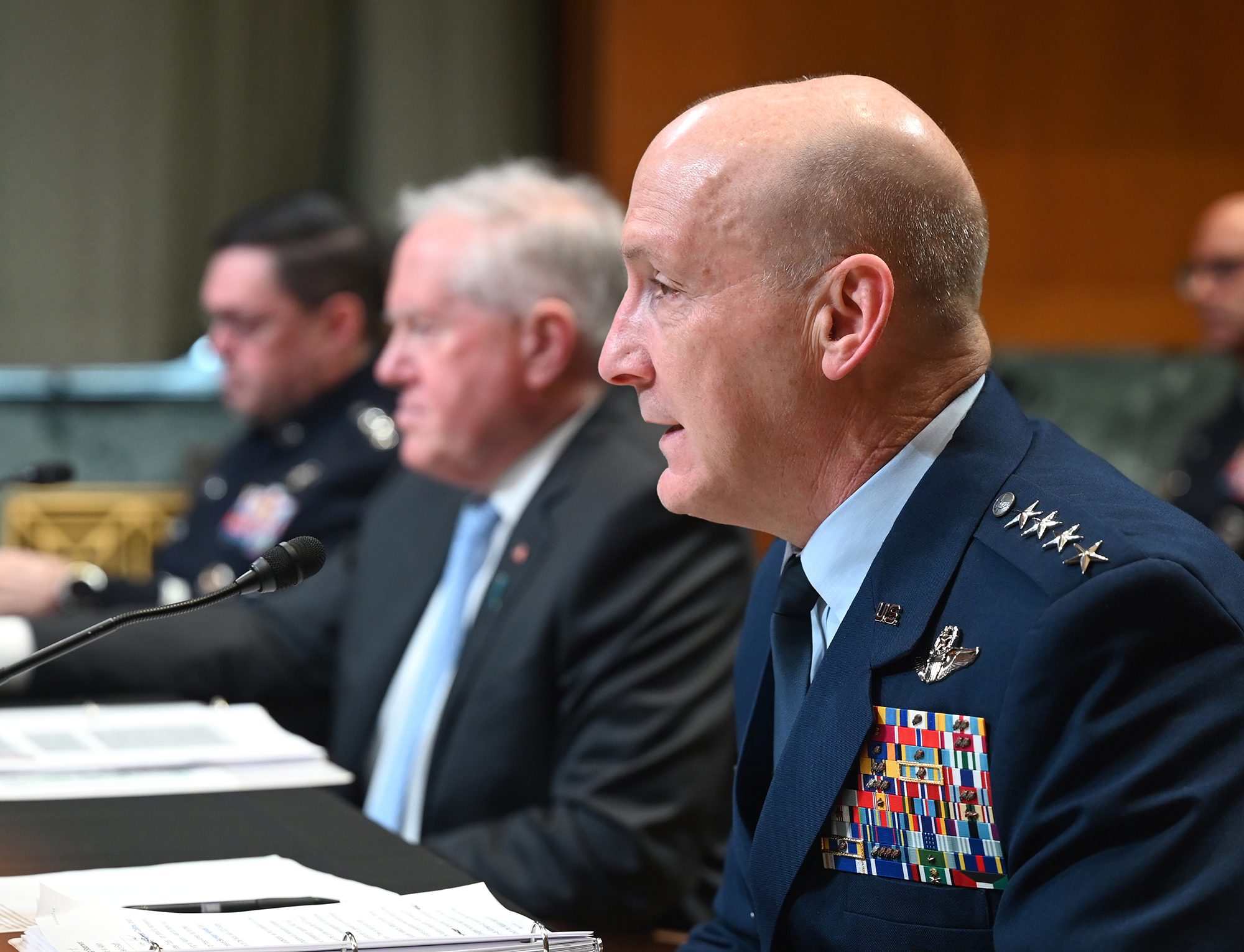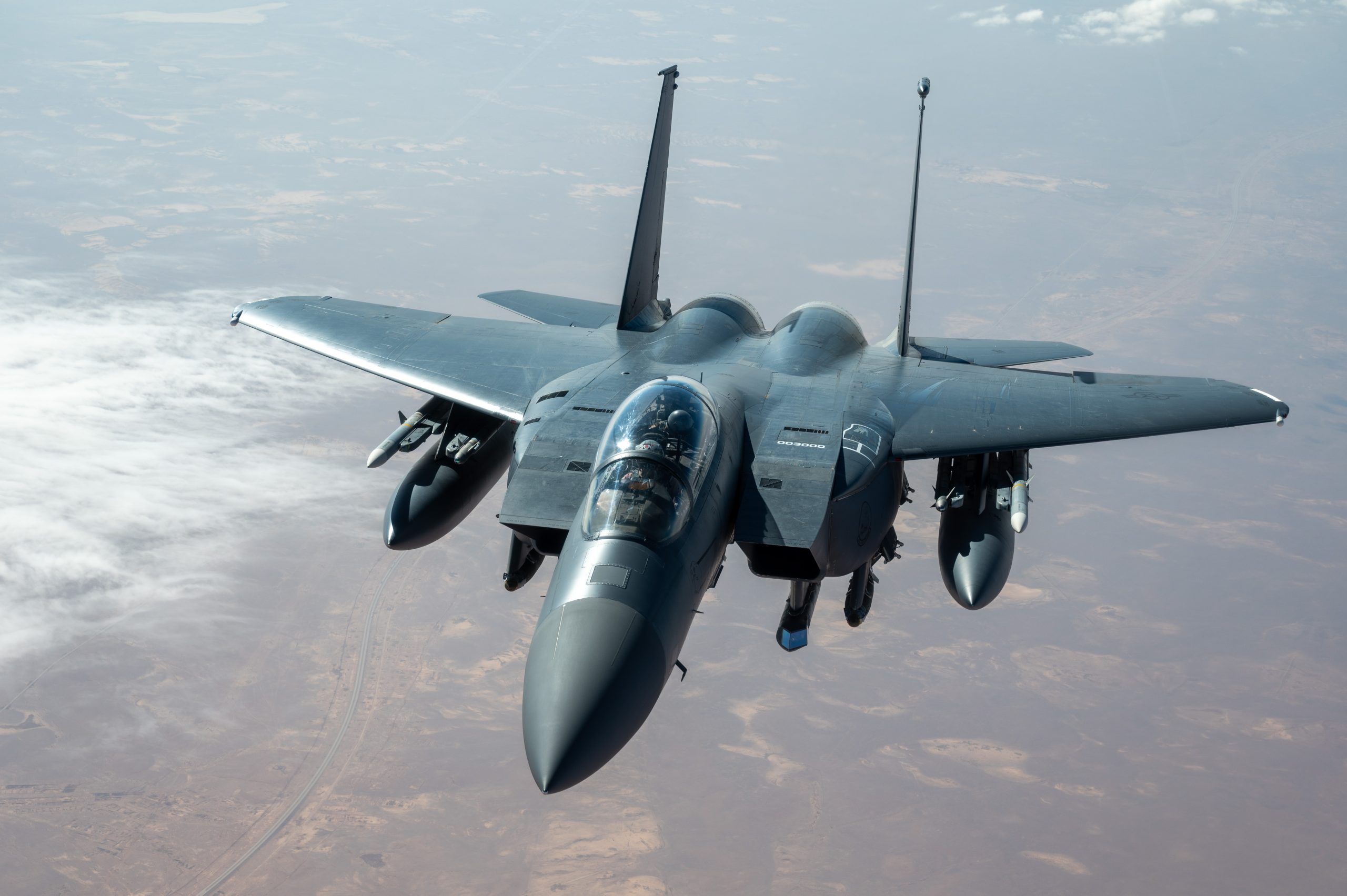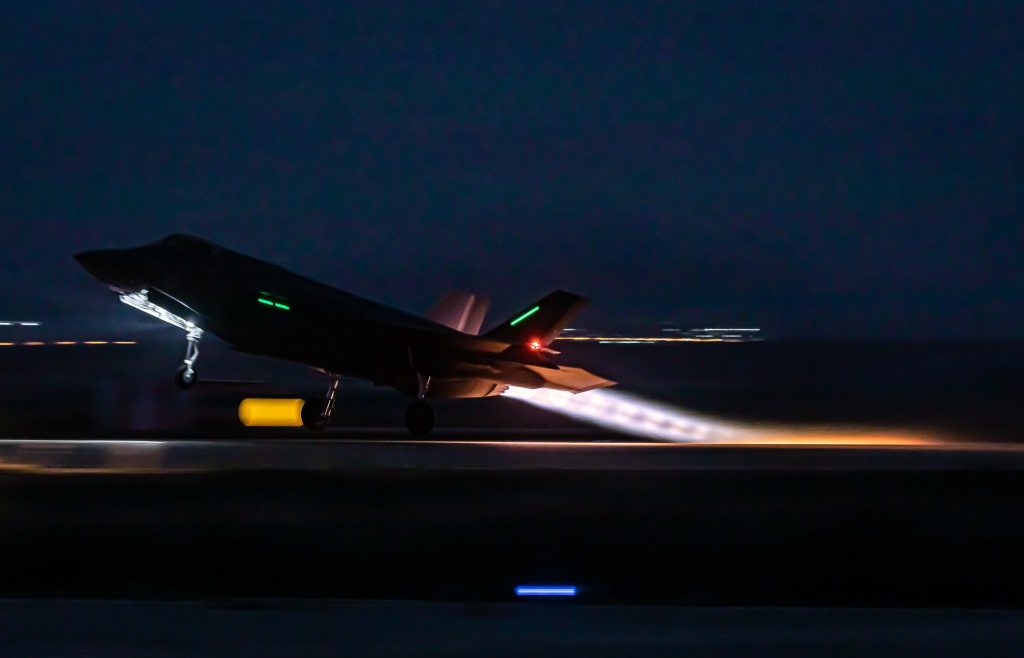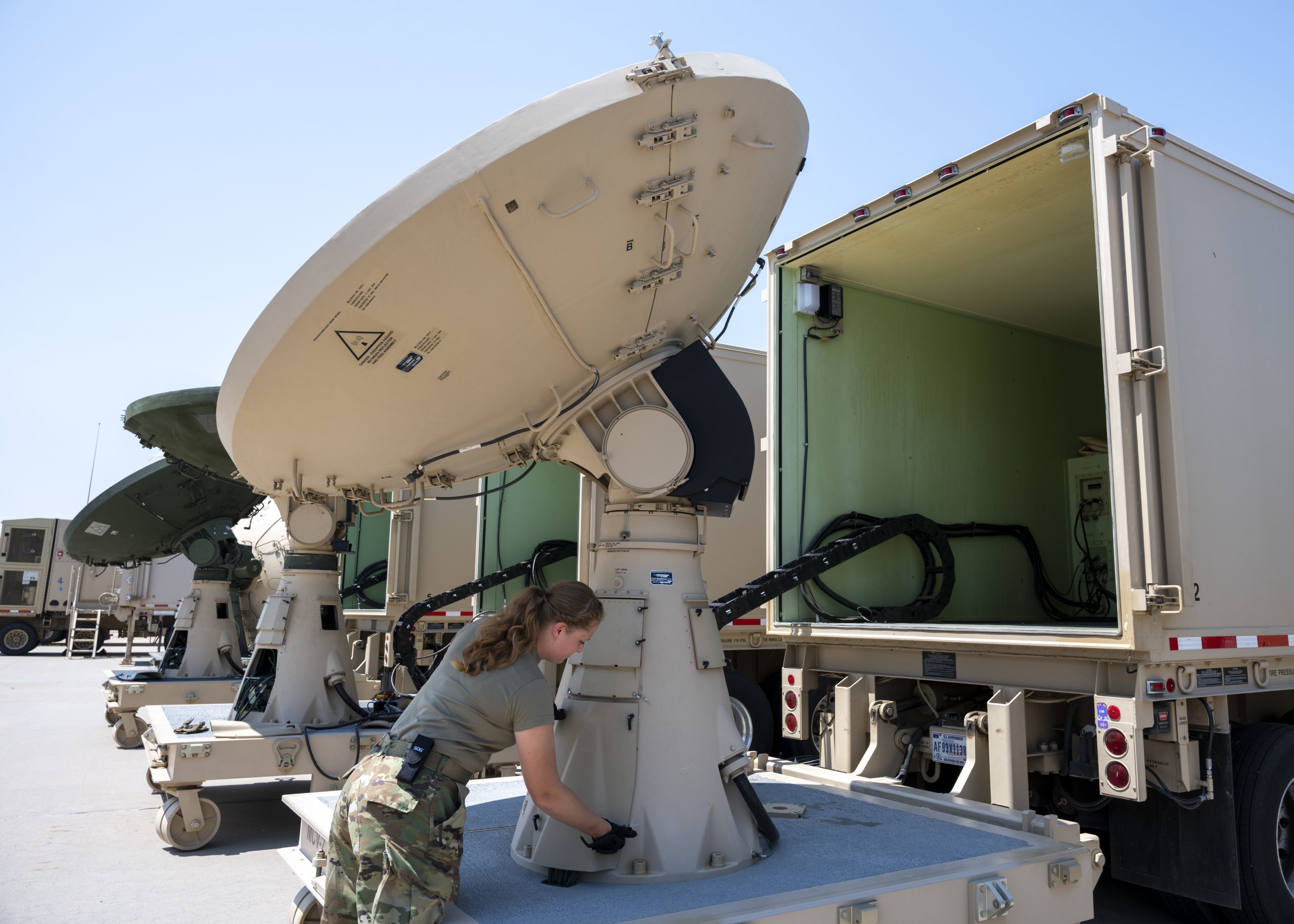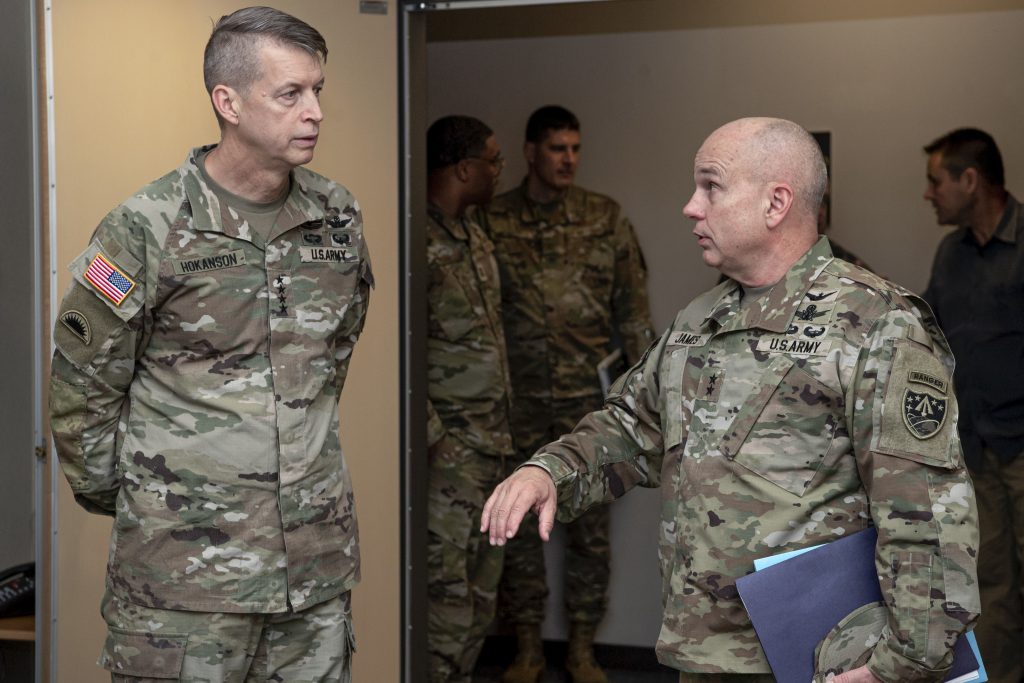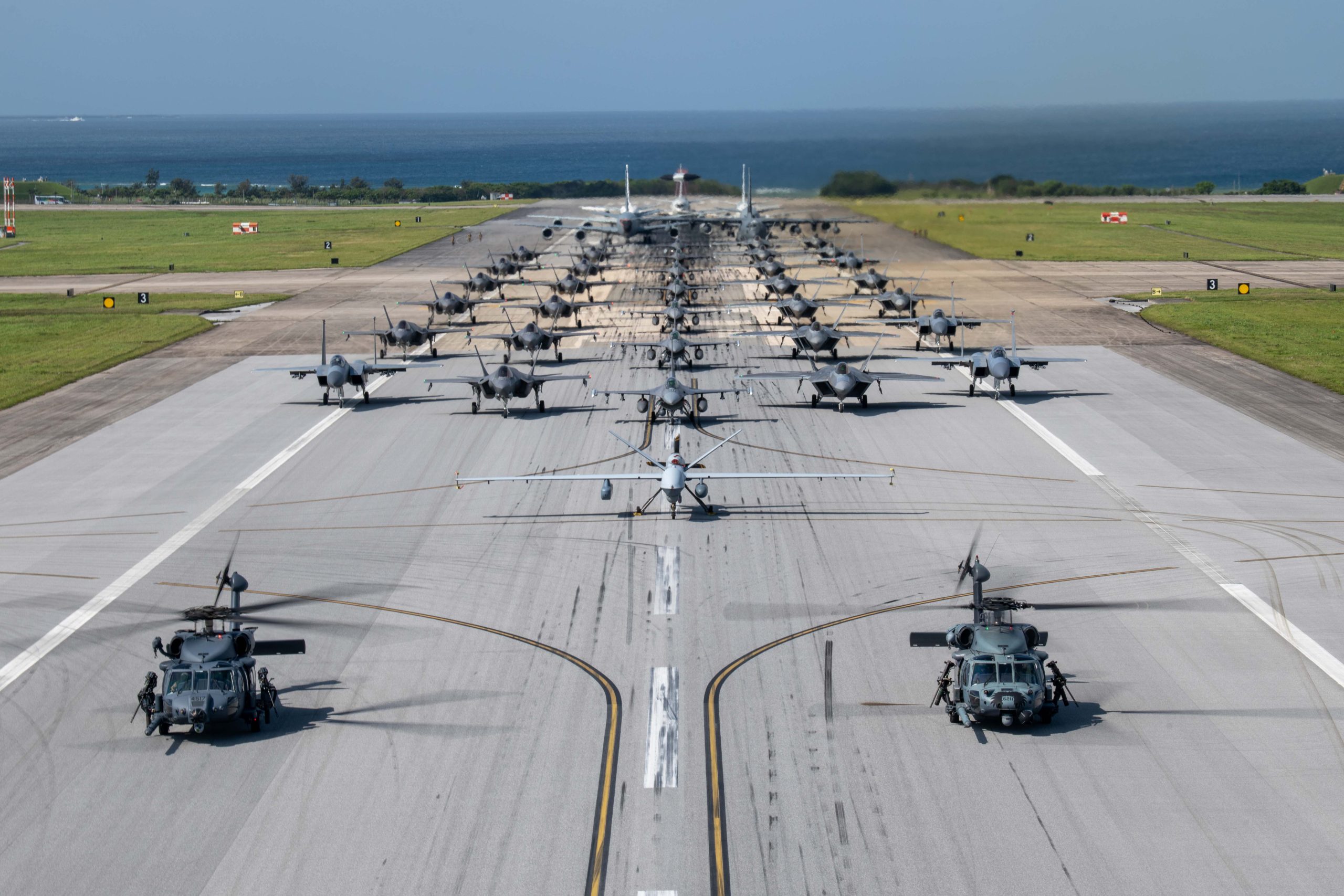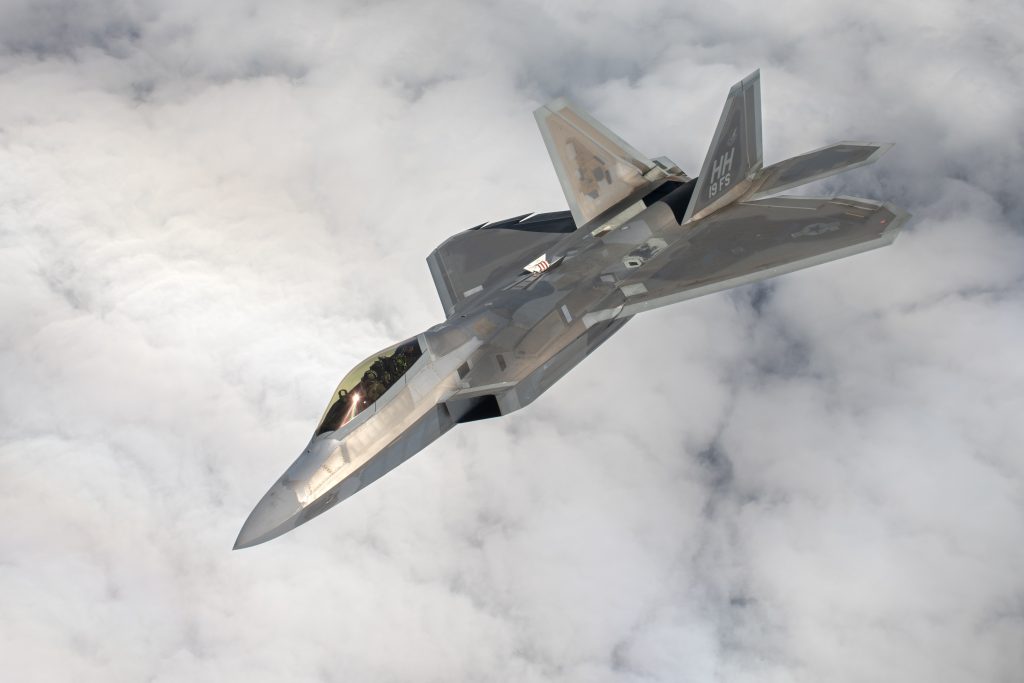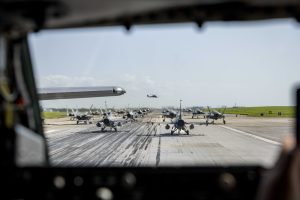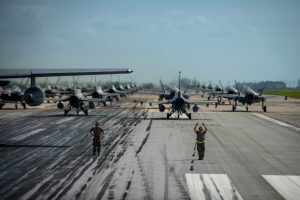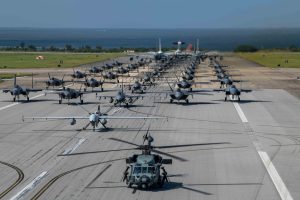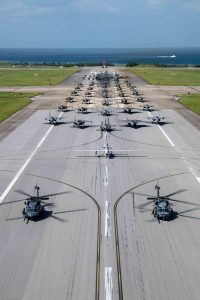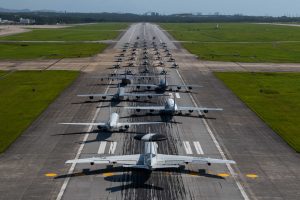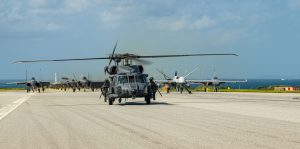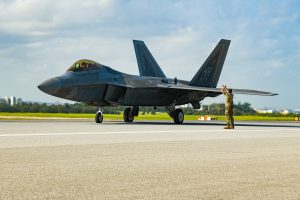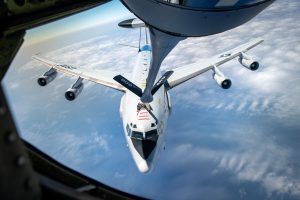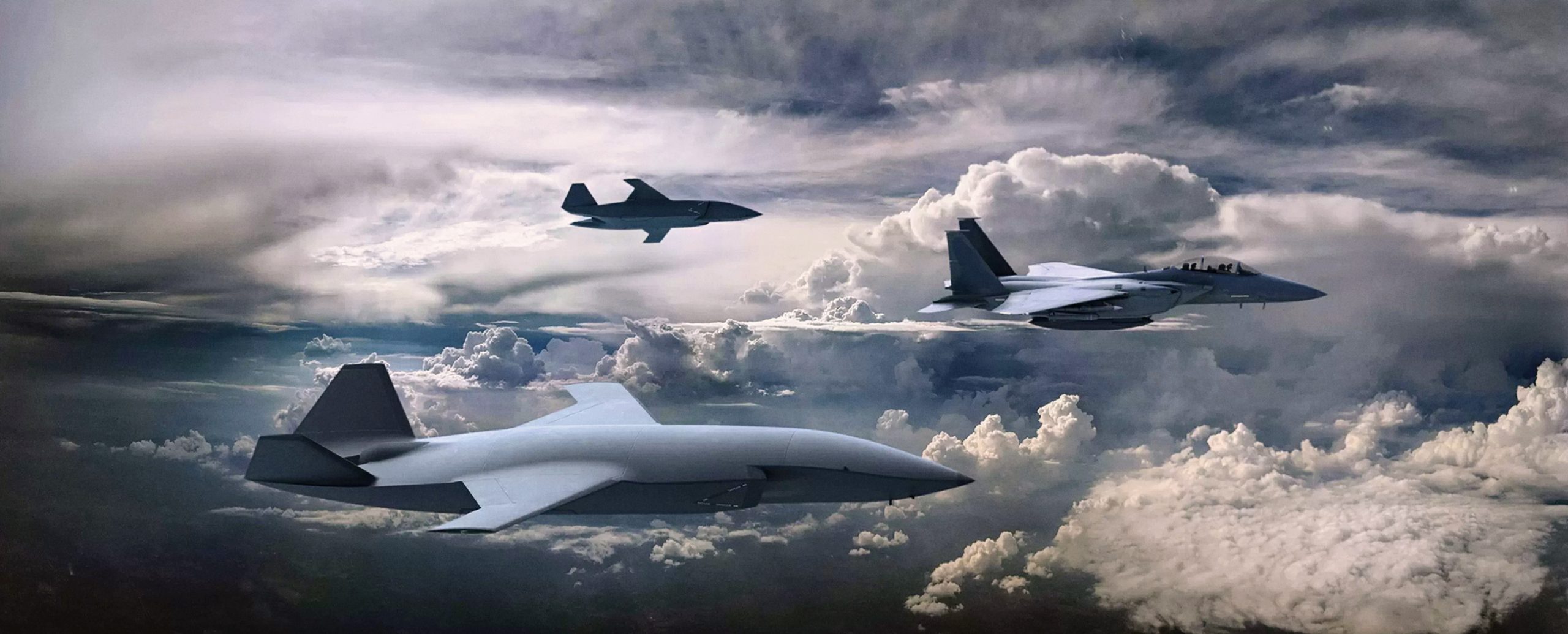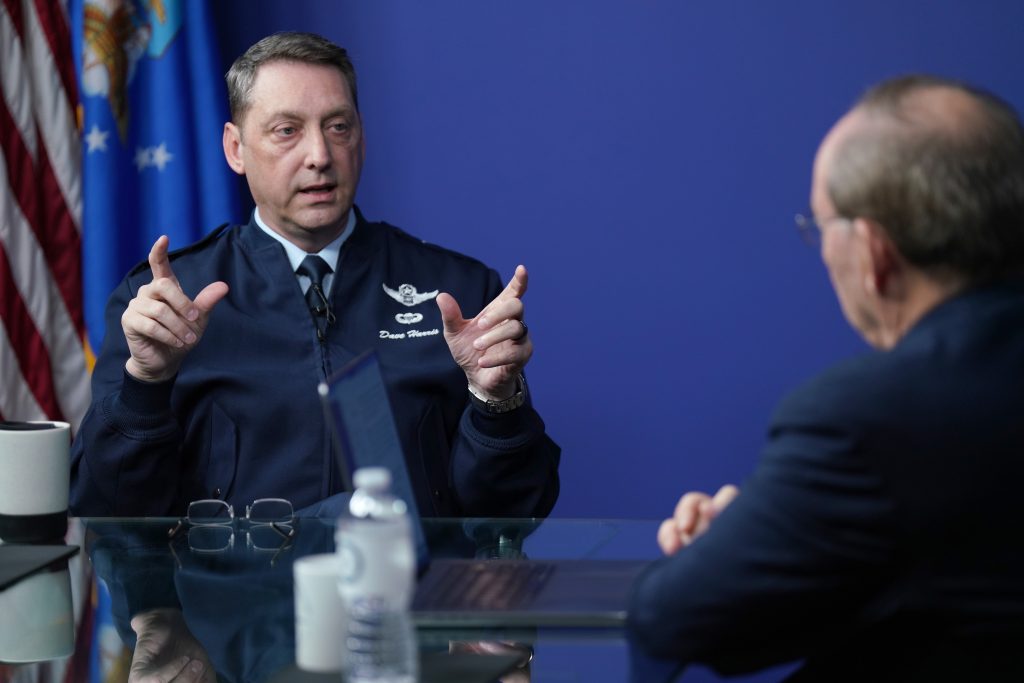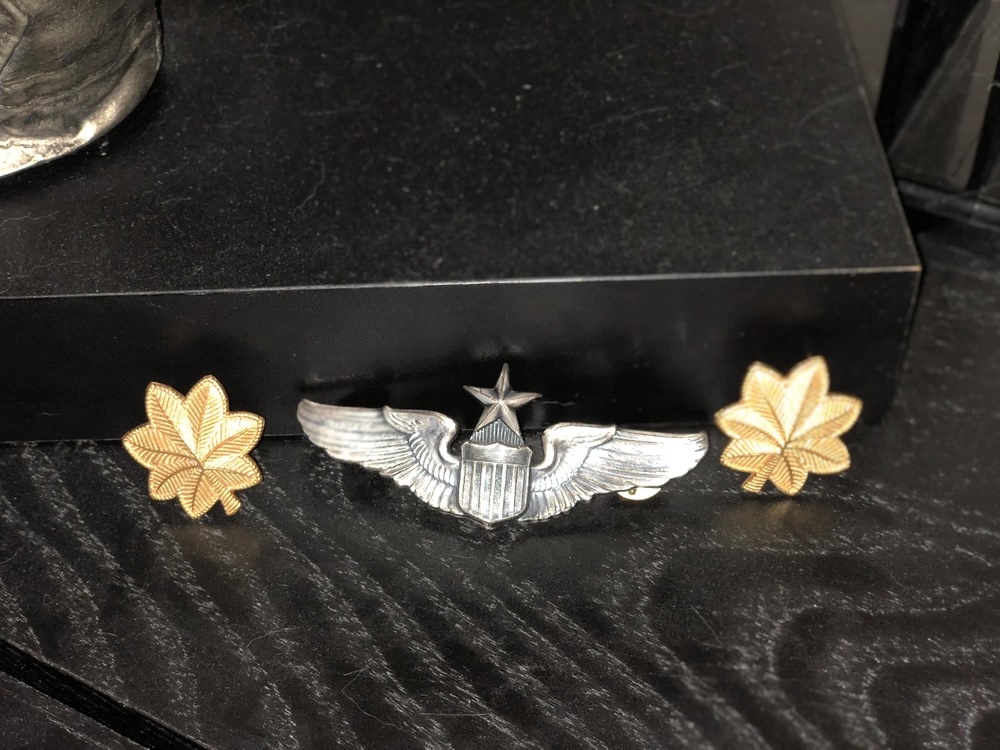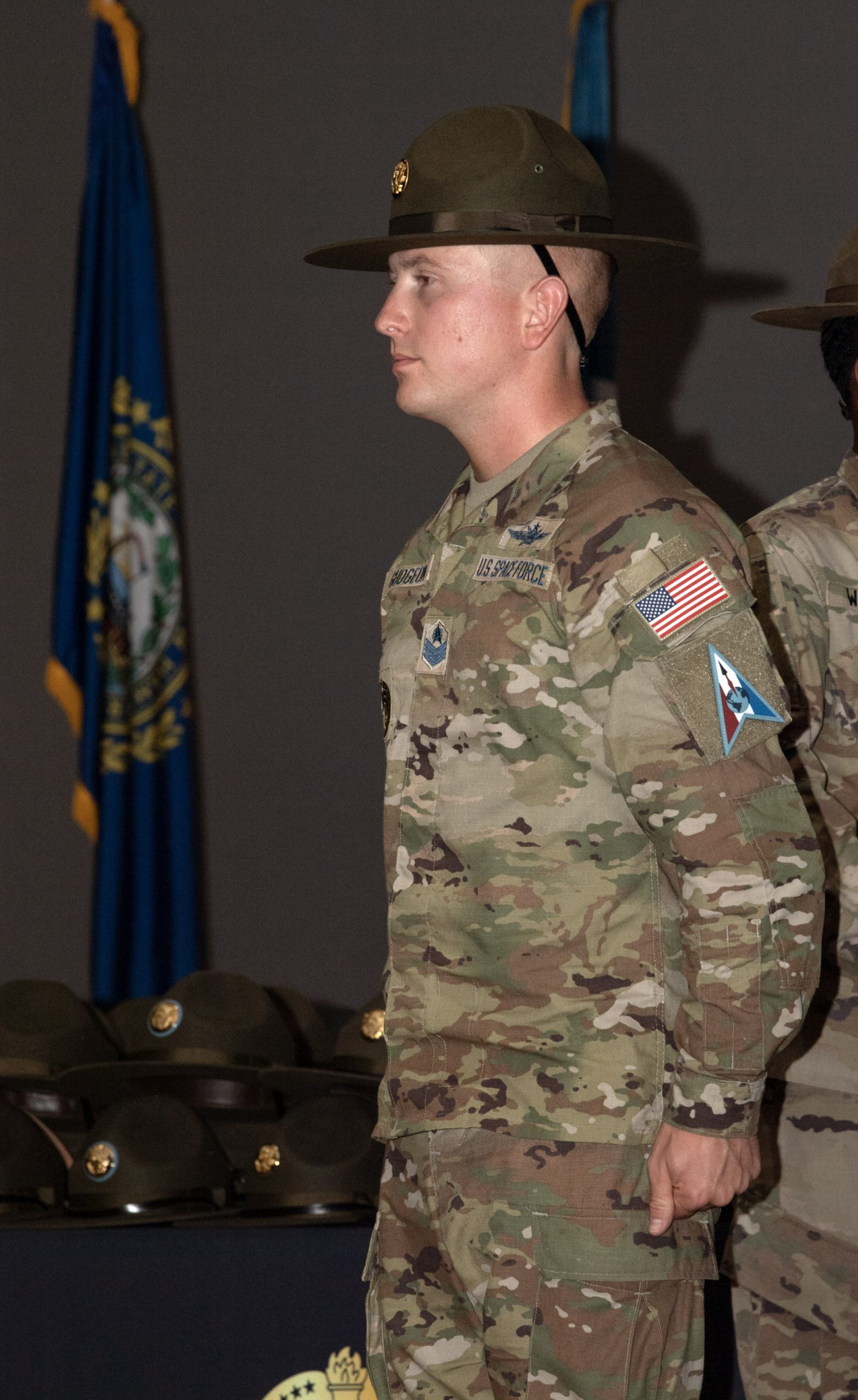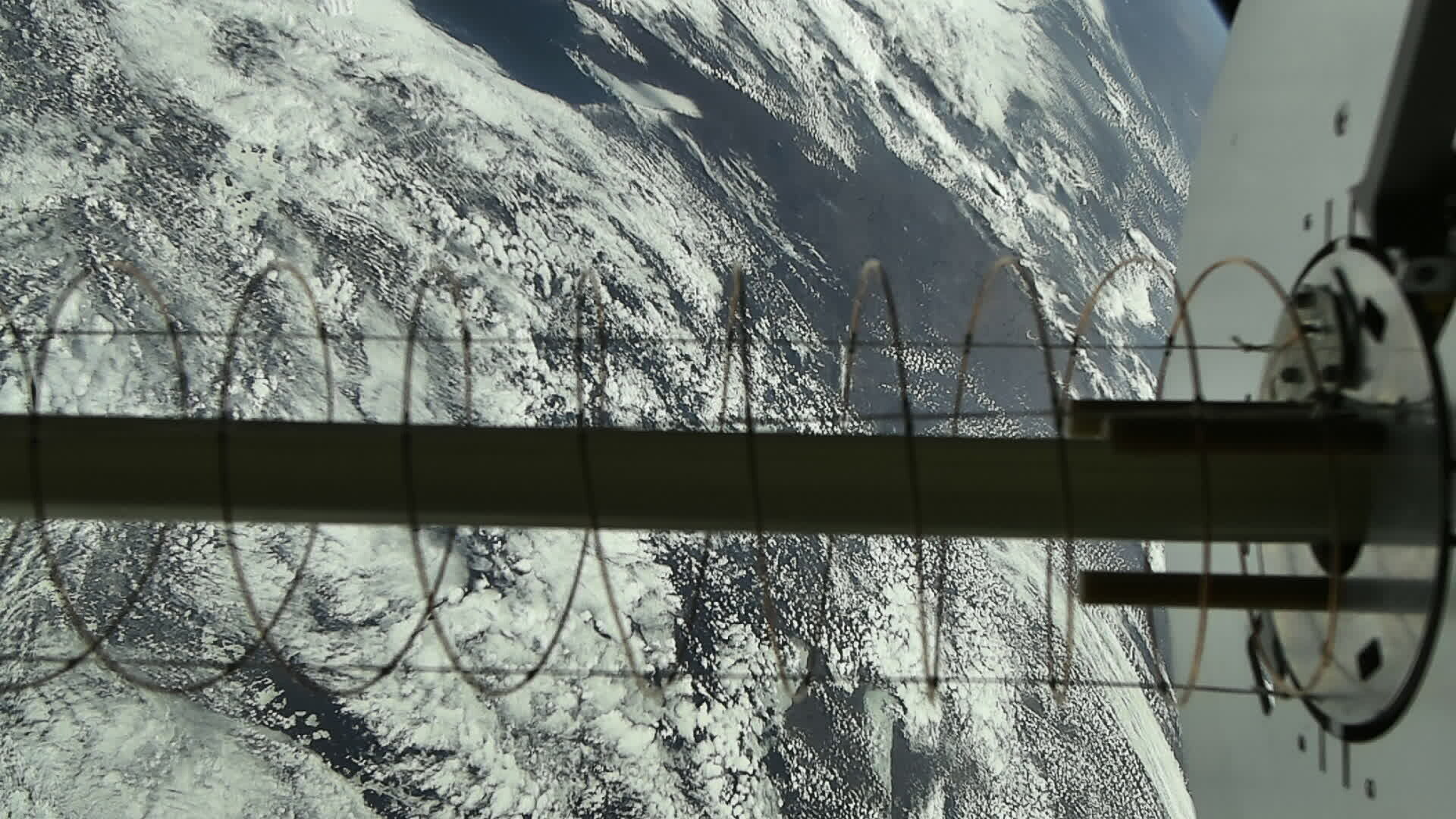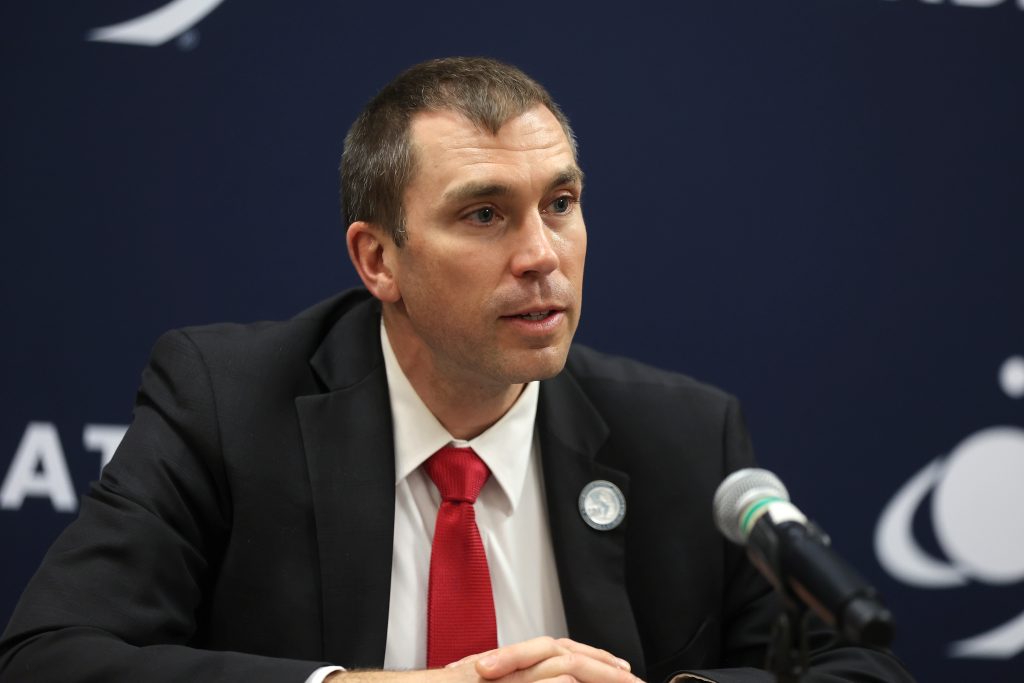Air Force Chief of Staff Gen. David W. Allvin began his tenure as chief pressing Airmen to “follow through” on changes needed to respond to China’s growing military might and the changing nature of warfare. On April 15, Allvin offered his first self-assessment to Airmen in a memo focused on progress so far.
“This security environment, as outlined in our Case for Change, is defined by a formidable competitor and a rapidly accelerating pace of change,” Allvin wrote. “We have been charting a course for the change we need, and now we are following through on our commitment to those changes. This journey requires accountability.”
Allvin said he would continue to offer biannual updates.
The Follow Through initiative is distinct from the re-optimization plans announced in February, which amount to the largest package of changes to the Air Force in decades. Because those changes are so new, “There are few concrete results in the past six months,” Allvin said. He did, however, offer a number of new details:
- Warrant Officers. The “first class of Cyber/IT Warrant Officers will start in October and should graduate before the end of [December]. The second is scheduled to begin in January 2025.”
- Deployments. Allvin said the service is implementing the first six Air Task Forces—units that will train and deploy together—which are on track for deployment by the end of fiscal 2026, under the USAF’s new AFFORGEN force generation model. “The ATFs will train throughout their AFFORGEN cycle and will serve as pathfinders to inform the more comprehensive training requirements and locations for our ultimate Combat Wing Design: Deployable Combat Wings (DCW), In-Place Combat Wings (ICW), and Combat Generation Wings (CGW),” Allvin wrote.
- Mission vs. Function. “We are moving away from an Air Force designed around Functions and moving towards an Air Force designed around Missions (Maritime Strike, C-C5ISRT, etc.) that require an integration of our core functions to produce outcomes,” Allvin wrote. Enhancing maritime strike and the ability to counter adversaries C-C5ISRT—that is, command, control, computing, communications, cyber, intelligence, surveillance, reconnaissance, and targeting—are both areas of interest.
“When I first took this seat, I decided on Follow Through as my initial message,” Allvin concluded. “As we reoptimize our Air Force, my goal isn’t to supplant or replace previous initiatives. Rather, it is to ensure that we continue to make the changes necessary to see them become a reality. This biannual letter is my way of chronicling our improvements and holding myself accountable to this vision. Being mindful stewards of our progress is our best chance at overcoming the challenges we face.”
